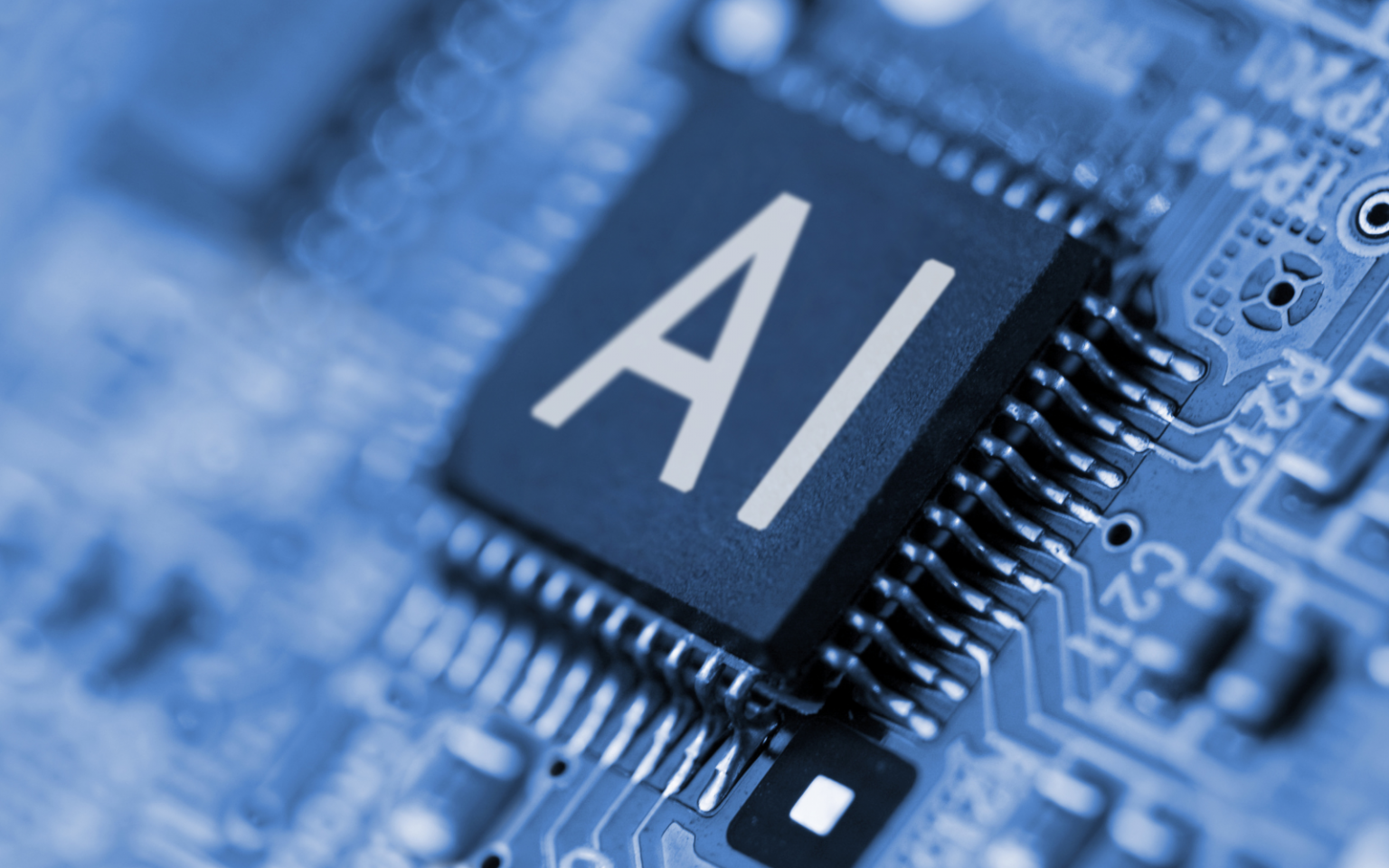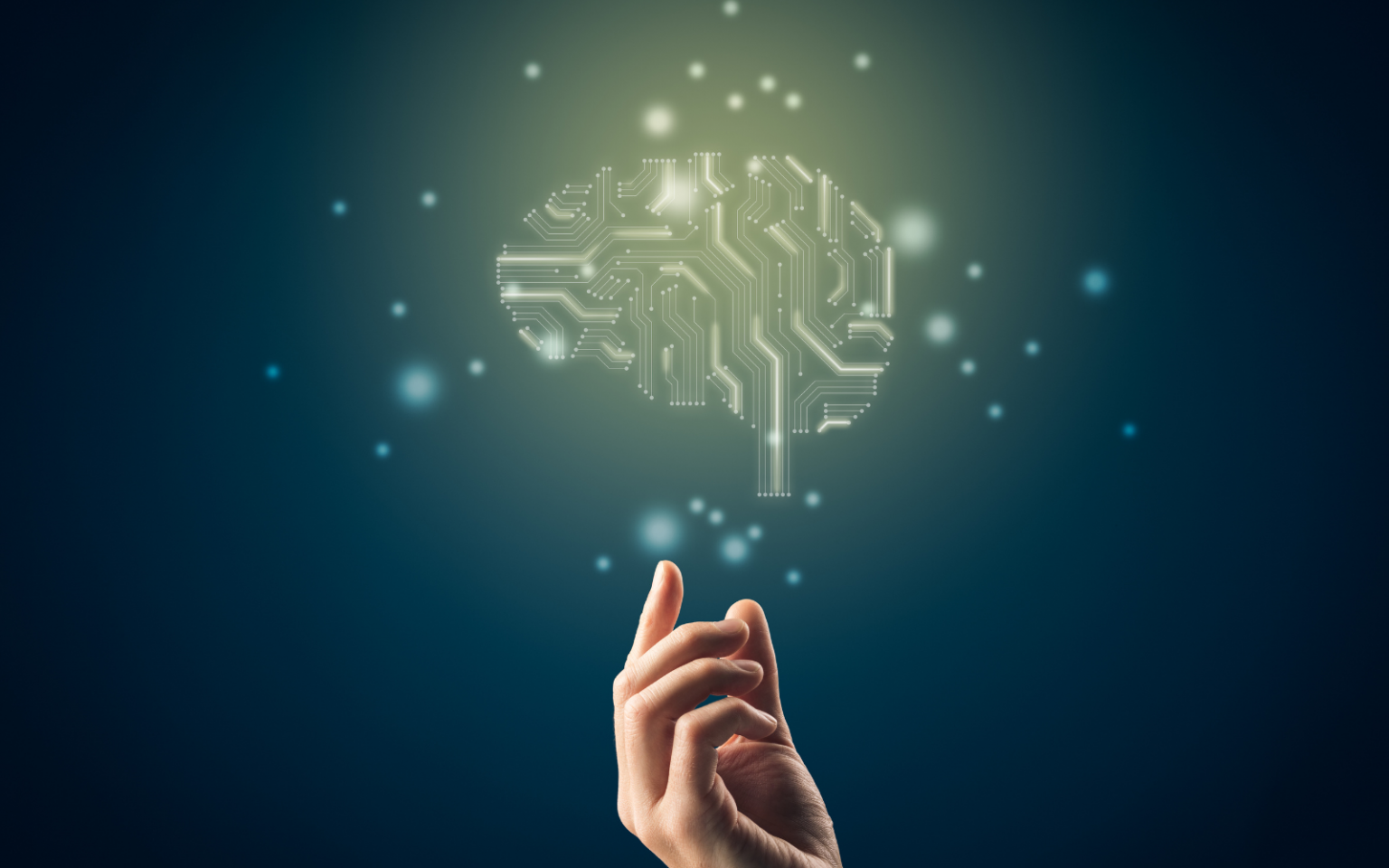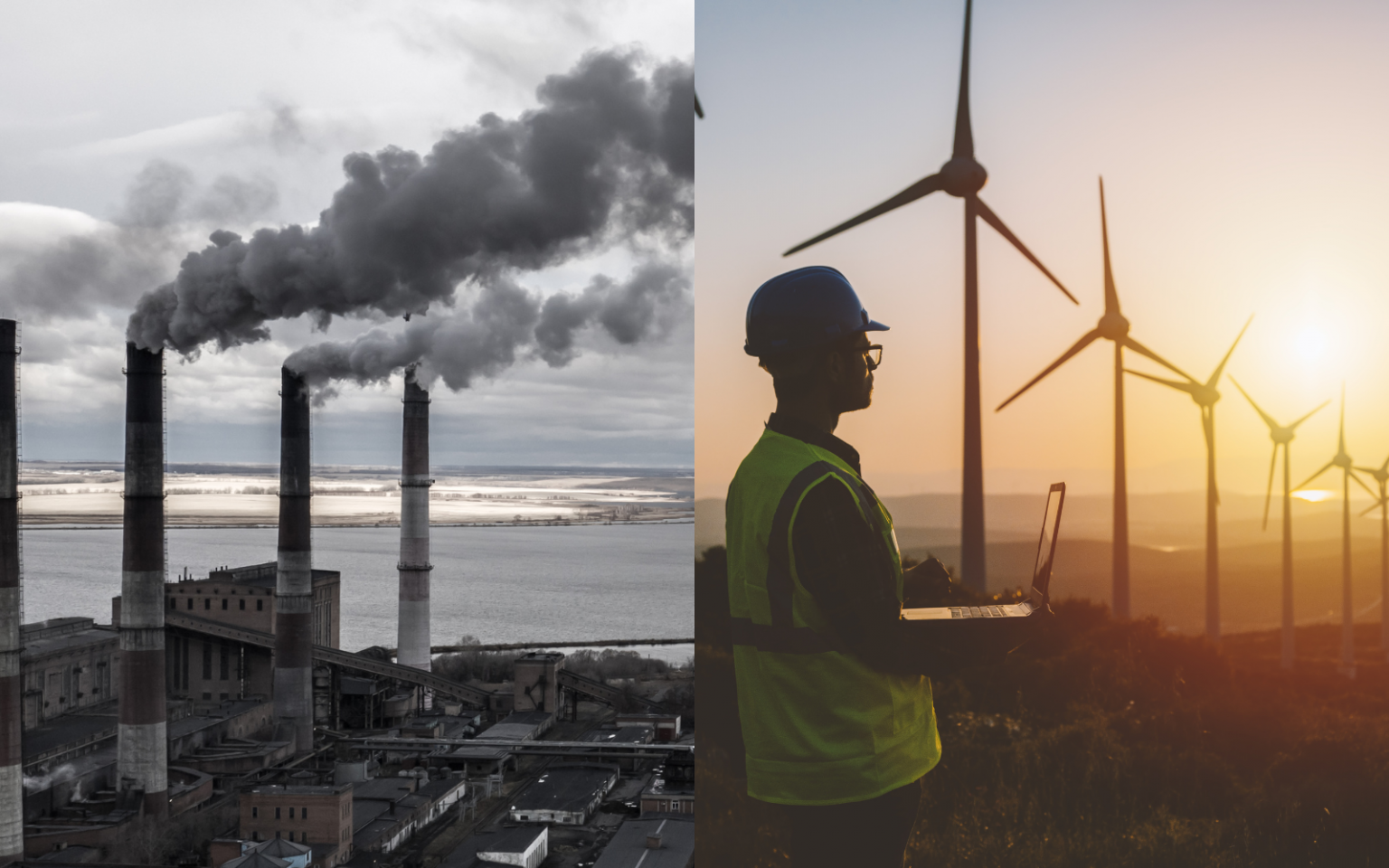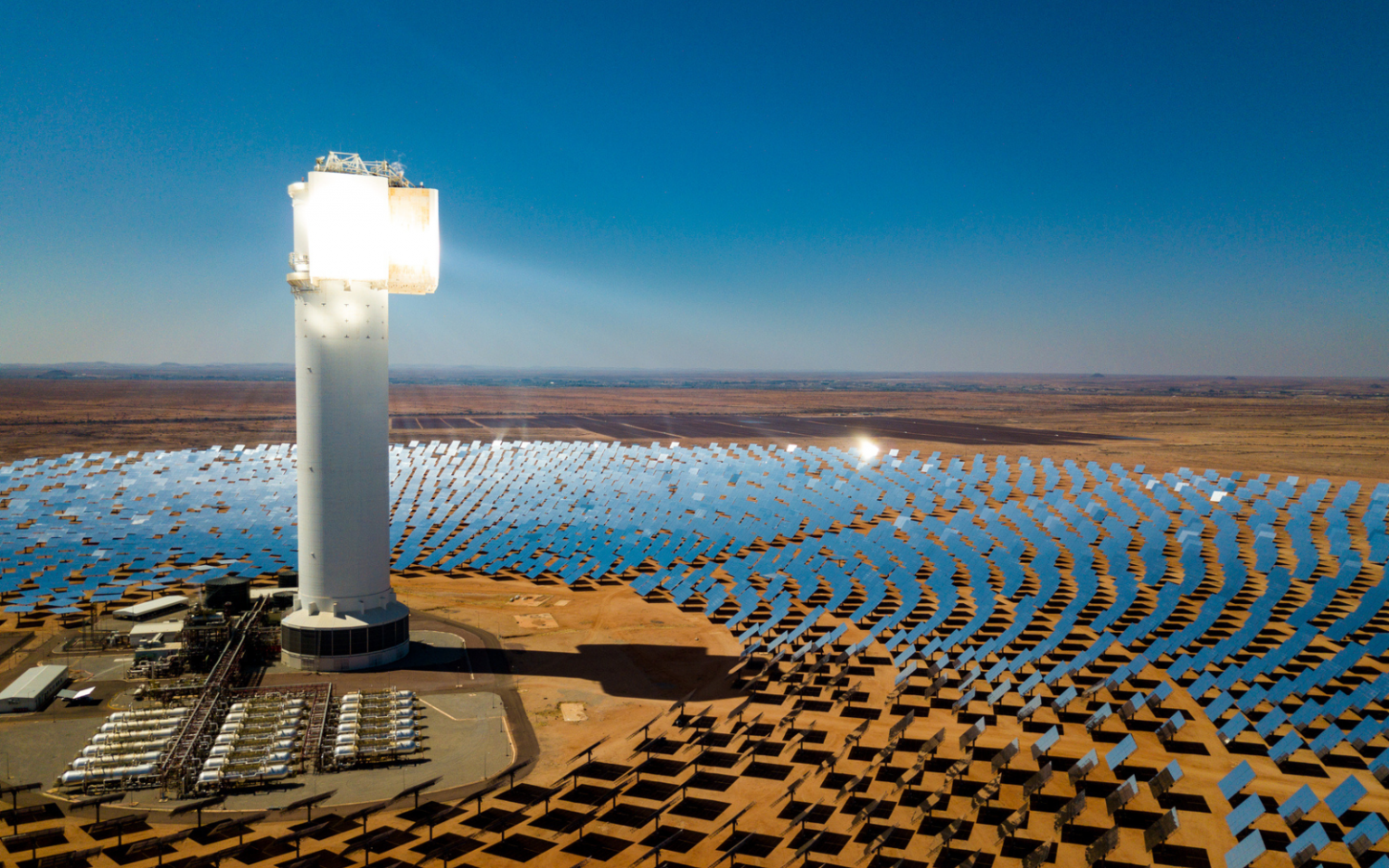With the most powerful radio telescope in the southern hemisphere, we have observed a twinkling star and discovered an abundance of mysterious plasma structures in our cosmic neighbourhood. The plasma structures we see are variations in density or turbulence, akin to interstellar cyclones stirred up by energetic events in the galaxy. The study, published today in Nature Astronomy, also describes the first measurements of plasma layers within an interstellar shock wave that surrounds a pulsar. We now realise our local interstellar medium is filled with these structures and our findings also include a rare phenomenon that will challenge theories of pulsar shock…
Author: The Conversation
In medicine, there’s a well-known maxim: never say more than your data allows. It’s one of the first lessons learned by clinicians and researchers. Journal editors expect it. Reviewers demand it. And medical researchers mostly comply. They hedge, qualify and narrow their claims — often at the cost of clarity. Take this conclusion, written to mirror the style of a typical clinical trial report: “In a randomized trial of 498 European patients with relapsed or refractory multiple myeloma, the treatment increased median progression free survival by 4.6 months, with grade three to four adverse events in 60 per cent of patients…
If you wanted to check someone’s pulse from across the room, for example, to remotely monitor an elderly relative, how could you do it? You might think it’s impossible, because common health-monitoring devices such as fingertip pulse oximeters and smartwatches have to be in contact with the body. However, researchers are developing technologies that can monitor a person’s vital signs at a distance. One of those technologies is radar. We are electrical engineers who study radar systems. We have combined advances in radar technology and artificial intelligence to reliably monitor breathing and heart rate without contacting the body. Noncontact health monitoring has the…
Just over 74% of South Africa’s electricity still comes from burning coal. In 2021, the country negotiated the Just Energy Transition Partnership with Germany, the UK, France, the US and the European Union. They committed to providing South Africa with US$8.5 billion (R157 billion) to move away from coal to renewable energy. (In March 2025, US President Donald Trump withdrew the US and its share of the funding, about US$1.5 billion, or R27.7 billion, from the arrangement.) Researcher Nqobile Xaba talks to The Conversation Africa about how the partnership is going. What has the partnership done so far? After its launch in 2021, the Just Energy Transition…
Nanotechnology is the use of materials that are one-billionth of a metre (a nanometre) in size. One of its potential uses is to clean up whatever is contaminating water supplies. Analytical chemist Philiswa Nomngongo, a leading researcher in nanotechnology for water in South Africa, tells The Conversation Africa what kinds of devices are being produced with nanotechnology and what they can do. What is nanotechnology? Nanotechnology is the branch of science and engineering that is devoted to designing new materials or devices that have unique physical and chemical properties because of their tiny size. It involves manipulating atoms and molecules at…
One of the most powerful objects in the universe is a radio quasar – a spinning black hole spraying out highly energetic particles. Come too close to one, and you’d get sucked in by its gravitational pull, or burn up from the intense heat surrounding it. But ironically, studying black holes and their jets can give researchers insight into where potentially habitable worlds might be in the universe. As an astrophysicist, I’ve spent two decades modelling how black holes spin, how that creates jets, and how they affect the environment of space around them. What are black holes? Black holes are massive, astrophysical…
Have you ever used ChatGPT to draft a work email? Perhaps to summarise a report, research a topic or analyse data in a spreadsheet? If so, you certainly aren’t alone. Artificial intelligence (AI) tools are rapidly transforming the world of work. Released today, our global study of more than 32,000 workers from 47 countries shows that 58% of employees intentionally use AI at work – with a third using it weekly or daily. Most employees who use it say they’ve gained some real productivity and performance benefits from adopting AI tools. However, a concerning number are using AI in highly risky ways…
The Oscars have entered the age of artificial intelligence (AI). Last week the Academy of Motion Picture Arts and Sciences explicitly said, for the first time, films using generative AI tools will not be disqualified from the awards. It’s a timely decision. As generative AI becomes more integrated into filmmaking, debates over creativity and authorship are intensifying. Writers’ strikes and fears of artistic displacement have dominated recent industry discussions. But how do audiences feel about the use of AI in films? Our research suggests they may be more open to it than the industry might expect. What the new rules say The updated Oscars guidelines make it clear the…
About 85% of South Africa’s electricity is produced by burning coal. The country’s move to renewable energy means that the coal industry will be phased out. To this end, the South African cabinet recently approved the country’s first renewable energy masterplan, which sets out what’s needed to establish new renewable energy industries. Ricardo Amansure of the Centre for Sustainability Transitions researches the move towards renewable energy and how communities can benefit from this. He explains what the masterplan aims to achieve, what problems it might face, and how it can succeed. What is the South African Renewable Energy Masterplan? It is an industrial strategy that sets out how…
Could we be on the verge of an era where fighter jets take flight without pilots – and are controlled by artificial intelligence (AI)? US R Adm Michael Donnelly recently said that an upcoming combat jet could be the Navy’s last one with a pilot in the cockpit. That marks a striking, if not entirely surprising, shift in thinking about the future of aerial warfare. The US Navy is not alone. Other programmes to develop next-generation fighter jets are also touting uncrewed options as a distinct possibility. However, we have been here before. Senior leaders in the US Navy said they believed the…










